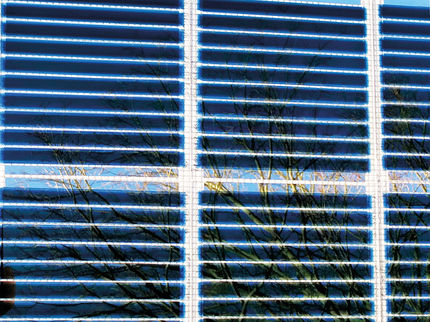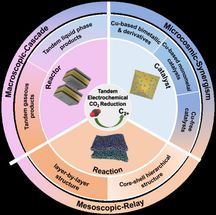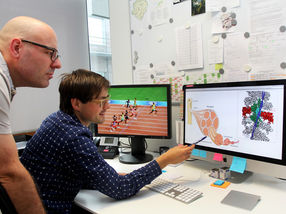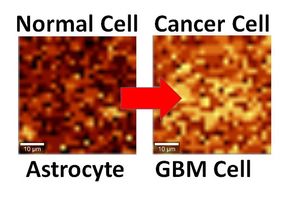Hybrid system designed to harvest 'full spectrum' of solar energy
A new concept could bring highly efficient solar power by combining three types of technologies that convert different parts of the light spectrum and also store energy for use after sundown.
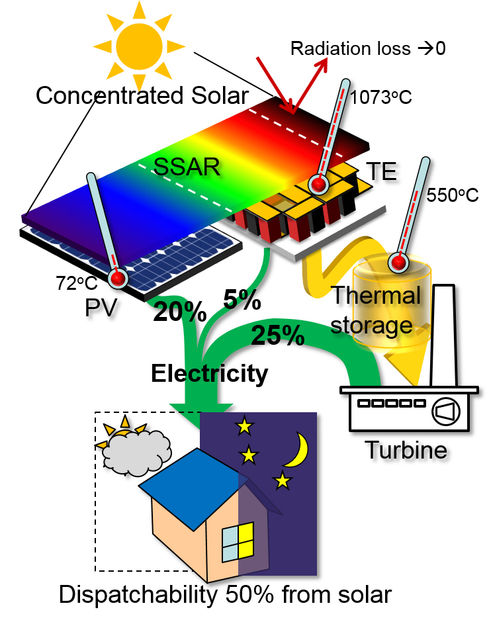
This schematic depicts a new concept that could bring highly efficient solar power by combining three types of technologies that convert different parts of the light spectrum and also store energy for use after sundown.
Purdue University image/Peter Bermel
Combining the technologies could make it possible to harness and store far more of the spectrum of sunlight than is possible using any one of the technologies separately.
"Harvesting the full spectrum of sunlight using a hybrid approach offers the potential for higher efficiencies, lower power production costs, and increased power grid compatibility than any single technology by itself," said Peter Bermel , an assistant professor in Purdue University's School of Electrical and Computer Engineering . "The idea is to use technologies that, for the most part exist now, but to combine them in a creative way that allows us to get higher efficiencies than we normally would."
The approach combines solar photovoltaic cells, which convert visible and ultraviolet light into electricity, thermoelectric devices that convert heat into electricity, and steam turbines to generate electricity. The thermoelectric devices and steam turbines would be driven by heat collected and stored using mirrors to focus sunlight onto a newly designed "selective solar absorber and reflector."
"This is a spectrally selective system, so it is able to efficiently make use of as much of the spectrum as possible," he said. "The thermal storage allows for significant flexibility in the time of power generation, so the system can produce power for hours after sunset, providing a consistent source of power throughout the day."
Findings from the research are detailed in a paper with an advance online publication date of Aug. 15, and the paper is scheduled to appear in a future print issue of the journal Energy & Environmental Science.
The hybrid system is designed to meet the changing demands for electricity at different times of the day.
"Typically for U.S. households, you have low usage overnight, then the demand goes up substantially in the morning, drops off a little during the day and then spikes upward around 5 p.m.," Bermel said. "Photovoltaics match very well with the load during the day, but not when it spikes. So the idea is to store energy just for a few hours, and that helps you address times of spiking demand."
Ideally, the system could achieve efficiencies of more than 50 percent using realistic materials, compared to 31 percent for photovoltaic cells alone.
The new selective solar absorber and reflector is the lynchpin of this approach and would perform two crucial roles: increase efficiency by reflecting visible light but absorbing near-infrared photons, and increase the temperature of the stored heat, which is then harnessed as electricity when it is needed throughout the course of the day.
Experimental research is still required to validate the theoretical design of the overall system.
"I think that this hybrid approach is doable," Bermel said. "In principle, we understand what needs to be done, but we need to do the experiments to validate the components and the whole system together."
Original publication
Other news from the department science

Get the chemical industry in your inbox
By submitting this form you agree that LUMITOS AG will send you the newsletter(s) selected above by email. Your data will not be passed on to third parties. Your data will be stored and processed in accordance with our data protection regulations. LUMITOS may contact you by email for the purpose of advertising or market and opinion surveys. You can revoke your consent at any time without giving reasons to LUMITOS AG, Ernst-Augustin-Str. 2, 12489 Berlin, Germany or by e-mail at revoke@lumitos.com with effect for the future. In addition, each email contains a link to unsubscribe from the corresponding newsletter.
Most read news
More news from our other portals
Last viewed contents
Arkema will distribute Zyvex’s Nano-Enhanced Resins in Europe
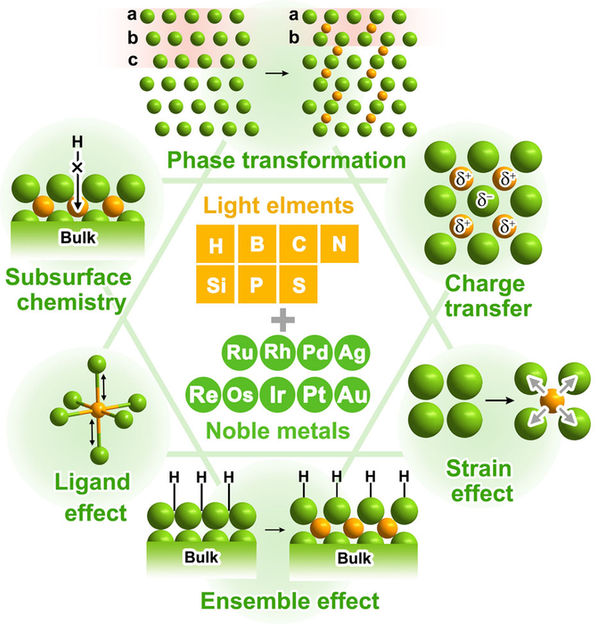
Light elements make a difference in noble metal catalysis
Adulterated foods investigated: modern analytical methods verify that foods are genuine - BfR hosts the European conference of Food Law Enforcement Practitioners (FLEP)
TA Instruments broadens its TGA portfolio with the acquisition of Rubotherm

New technique prints metal oxide thin film circuits at room temperature

F.P.S. Food and Pharma Systems - S.r.l. - Como, Italy


